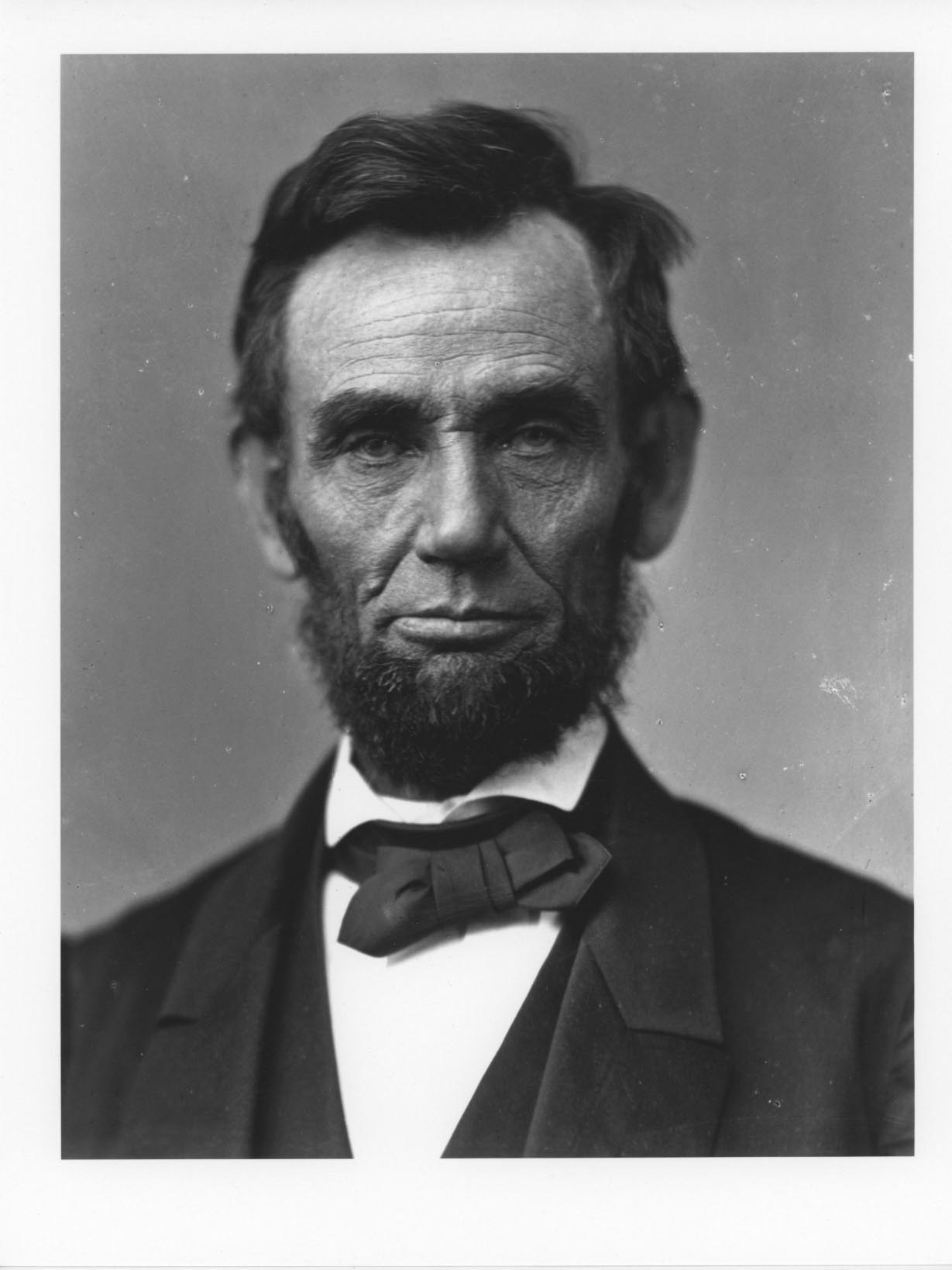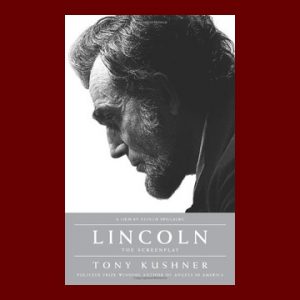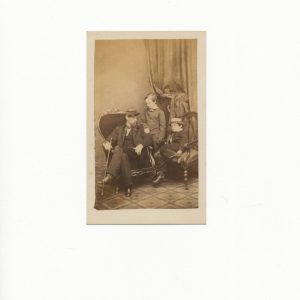Abraham Lincoln, Modern Photograph, O-77, 8″ x 10″ Black and White
$75.00
The Gettysburg Lincoln, Rendered in Black and White
Description
Abraham Lincoln modern black and white digital photographic creation of The Gettysburg Lincoln. So called, because it was taken a mere 11 days before Lincoln delivered the Gettysburg Address.
Alexander Gardner was commissioned by Sarah Fisher Ames to produce a close-up of Lincoln for her plaster bust of the President. The original bust (never reproduced) is presently displayed just outside the office of U.S. Senator Dick Durbin in Washington, DC.
Eleven other images of Lincoln were produced that day. Gardner immediately offered several of the poses to the public. This image was not sold during Lincoln’s lifetime, as Gardner considered it a commission piece and not his to distribute. Moses Rice, who later worked with Gardner, controlled the glass plate and made later 19th century copies. The entire negative is viewed in this photograph. Truly, as Lincoln said, “there is the animal himself.”
This pose is one of the rare photographs of Lincoln looking directly at the viewer. It shows a haggard president with heavy lines on his face. His amblyopic left eye is noticeable. We have left in most of the glass imperfections. It has stunning clarity and emotional impact seldom seen in any Lincoln photograph.
Not only an arresting image, this photo occupies an important place in Art History as well. Prior to photography, subjects would have to sit for days, often making several visits to the studio over months in order for an accurate artistic rendering. It is ironic that a photo produced strictly for “working purposes” would eventually become one of the most recognizable images of Abraham Lincoln. Additionally, it was also used by sculptor Daniel Chester French as the model for the Lincoln Memorial in Washington, D.C.
(Lincoln, Abraham). Alexander Gardner. Modern Photograph of Abraham Lincoln, Washington: 8 Nov. 1863. Black and white photograph, printed created in the late 2oth Century. Overall, 8″ x 10″.









